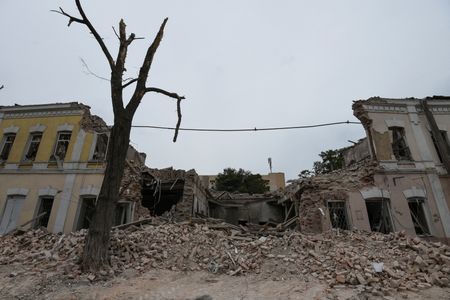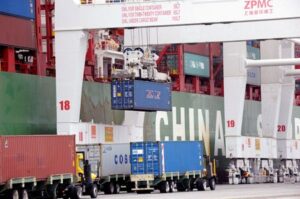(Reuters) – Ukrainian troops have made lightning gains in the east of the country, inflicting one of Russia’s worst military setbacks since the Feb. 24 invasion.
These are some of the turning points and other major developments in Europe’s biggest conflict since World War Two.
THE INVASION
Russian President Vladimir Putin ordered tens of thousands of troops into Ukraine on a “special military operation”, seeking to “disarm” Kyiv, purge it of “nationalists” and halt NATO expansion. They attacked from the north, east and south.
Ukrainians say Putin aims to conquer their country and wipe out their 1,000-year national identity. The United States and Europe have supplied Ukraine with increasingly powerful weapons and used sanctions to try to hamper Russia’s military machine.
RUSSIA FAILS TO TAKE KYIV
Within hours of the invasion, Russia landed commandos at Antonov airfield, a cargo base just north of Kyiv, as part of plans to take the capital. Within a day, Ukrainians had wiped out the elite Russian paratroops and destroyed the landing strip. Russian armoured columns reached the northern outskirts of Kyiv but they eventually went into retreat.
RUSSIA CHANGES TACK
In March, Russia scaled back its war goals, saying it would focus on completely “liberating” Ukraine’s breakaway eastern Donbas region.
Russian forces made slow, steady gains in a phase of the conflict that inflicted a heavy toll on both sides. By June, the Ukrainian government said 100 to 200 of its troops were being killed every day. Russia did not disclose daily casualties.
Russian troops used superior artillery firepower to hem in Ukrainian forces. After capturing the cities of Sievierodonetsk and Lysychansk, Putin declared a victory in the area on July 4, though battles went on.
For Ukraine, a morale-boosting moment came on April 14 when two Ukrainian missiles struck Russia’s Black Sea Fleet flagship Moskva, the biggest warship sunk in combat for 40 years. Russia says one sailor was killed in an accident. Western experts say they believe around half of the crew of about 450 died at sea.
THE SIEGE OF MARIUPOL
Russia took the key port city of Mariupol in May after a three-month siege the Red Cross called “hell”.
At one point in March, a theatre where Ukraine said families were sheltering in a basement was destroyed. The word “children” could be seen in satellite photos painted on the ground outside. Kyiv says Russia bombed it, killing hundreds. Russia said, without giving evidence, that the incident was staged.
The siege ended when the last Ukrainian defenders, holed up inside the giant Azovstal steelworks, surrendered.
SNAKE ISLAND CHANGES HANDS
Having taken the strategic Black Sea outcrop Snake Island at the start of the invasion, Russian forces abandoned it on June 30 after taking heavy losses trying to defend it.
On the first day of the invasion, the Moskva radioed Ukrainian guards stationed there, telling them to surrender or die. One of them radioed back “Russian warship, go fuck yourself.” The phrase became a slogan, depicted on billboards, T-shirts and eventually a postage stamp.
UKRAINE COUNTER ATTACKS
In August, Ukraine launched a southern counter-offensive around Kherson, gateway to Crimea, annexed by Russia in 2014 and home to its Black Sea fleet. Videos shared on social media and satellite imagery showed attacks on Russian supply lines, ammunition dumps and even the Saki air base in Crimea.
In early September, with attention still focused on the south, Ukrainian troops surprised Russians on the eastern front with stunning gains in the Kharkiv region, recapturing the sole rail hub supplying Russia’s front line across northeast Ukraine.
(Writing by Peter Graff and Mark Bendeich; Editing by Andrew Heavens)





